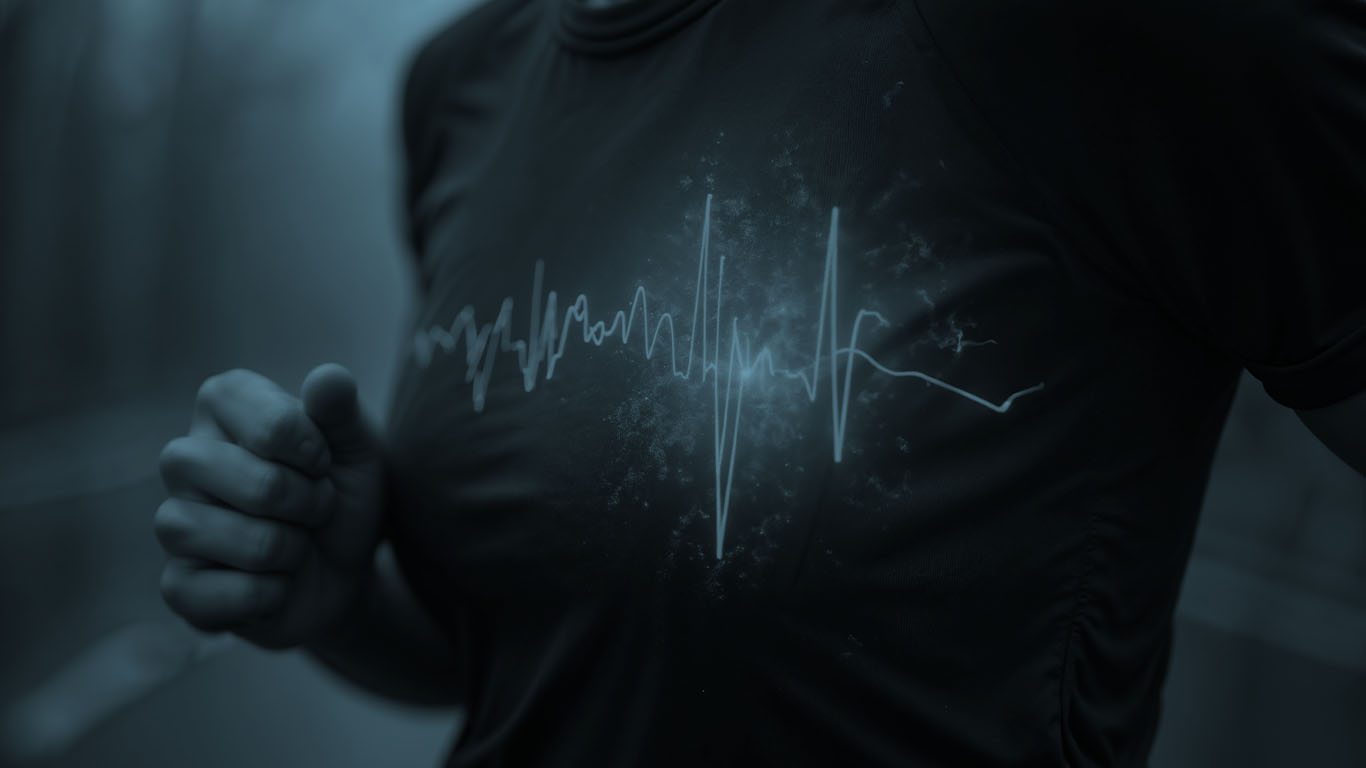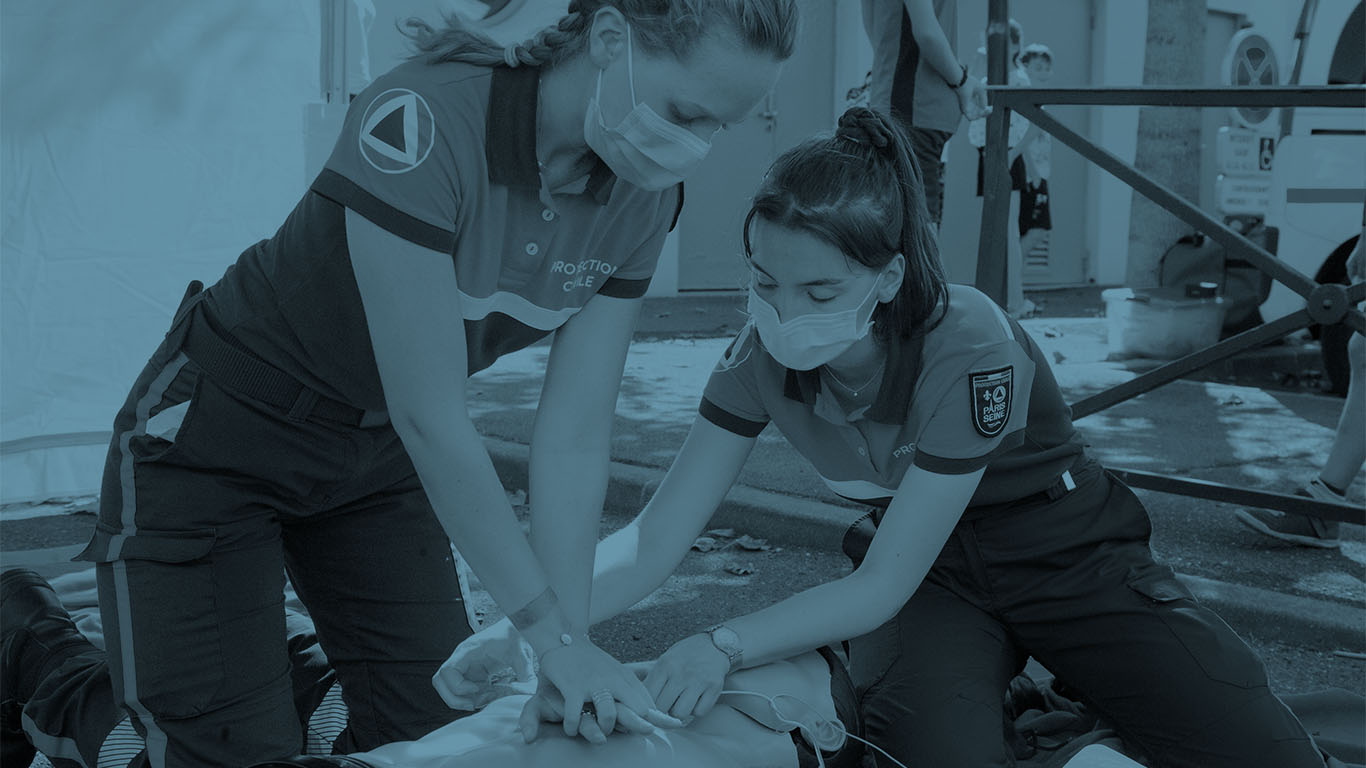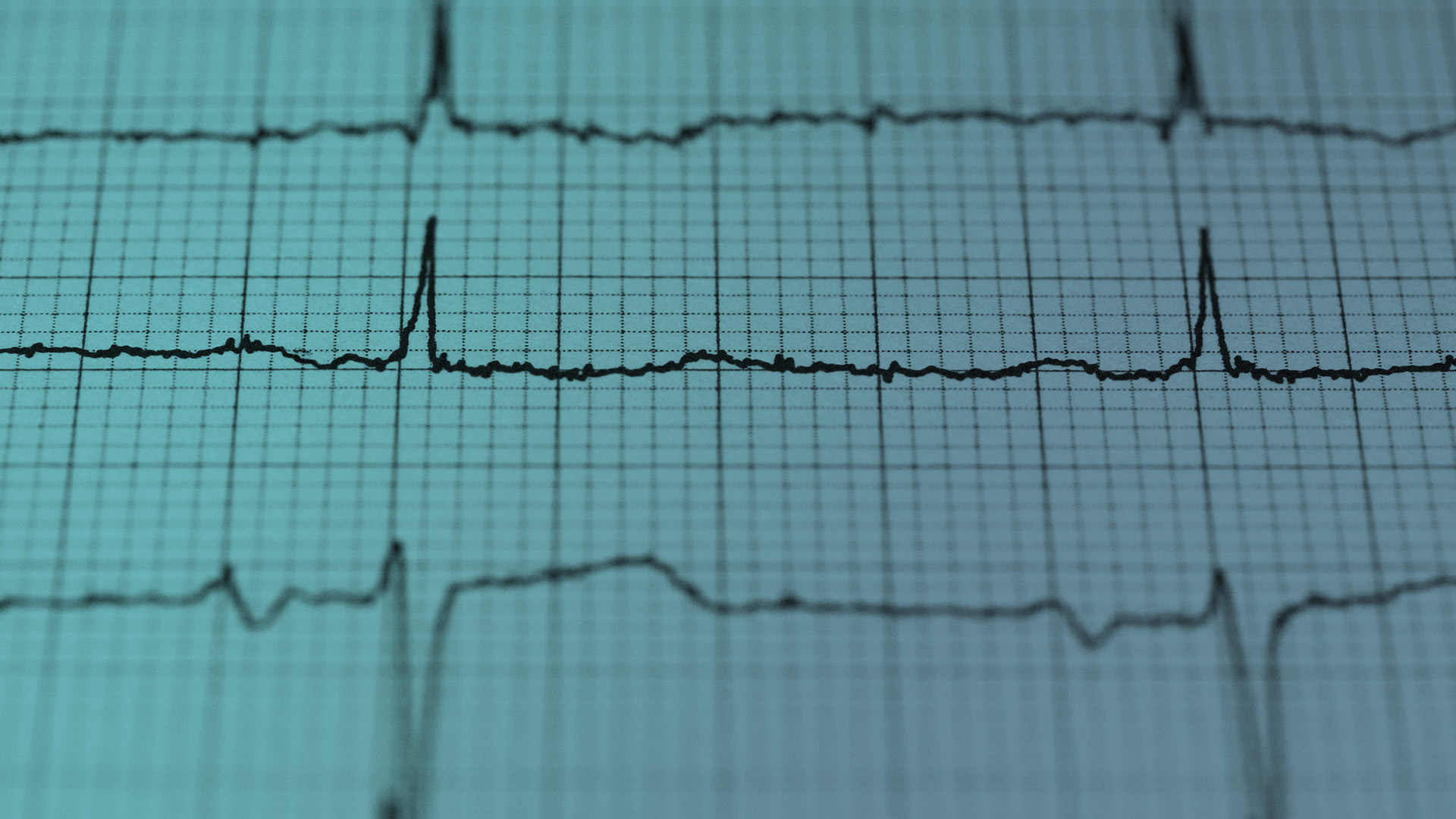Abstract
This review provides a comprehensive overview of the latest advancements in wearable biosensors, emphasizing their applications in cardiovascular disease monitoring. Initially, the key sensing signals and biomarkers crucial for cardiovascular health, such as electrocardiogram, phonocardiography, pulse wave velocity, blood pressure, and specific biomarkers, are highlighted. Following this, advanced sensing techniques for cardiovascular disease monitoring are examined, including wearable electrophysiology devices, optical fibers, electrochemical sensors, and implantable cardiac devices. The review also delves into hydrogel-based wearable electrochemical biosensors, which detect biomarkers in sweat, interstitial fluids, saliva, and tears. Further attention is given to flexible electronics-based biosensors, including resistive, capacitive, and piezoelectric force sensors, as well as resistive and pyroelectric temperature sensors, flexible biochemical sensors, and sensor arrays. Moreover, the discussion extends to polymer-based wearable sensors, focusing on innovations in contact lens, textile-type, patch-type, and tattoo-type sensors. Finally, the review addresses the challenges associated with recent wearable biosensing technologies and explores future perspectives, highlighting potential groundbreaking avenues for transforming wearable sensing devices into advanced diagnostic tools with multifunctional capabilities for cardiovascular disease monitoring and other healthcare applications.
Full article;










